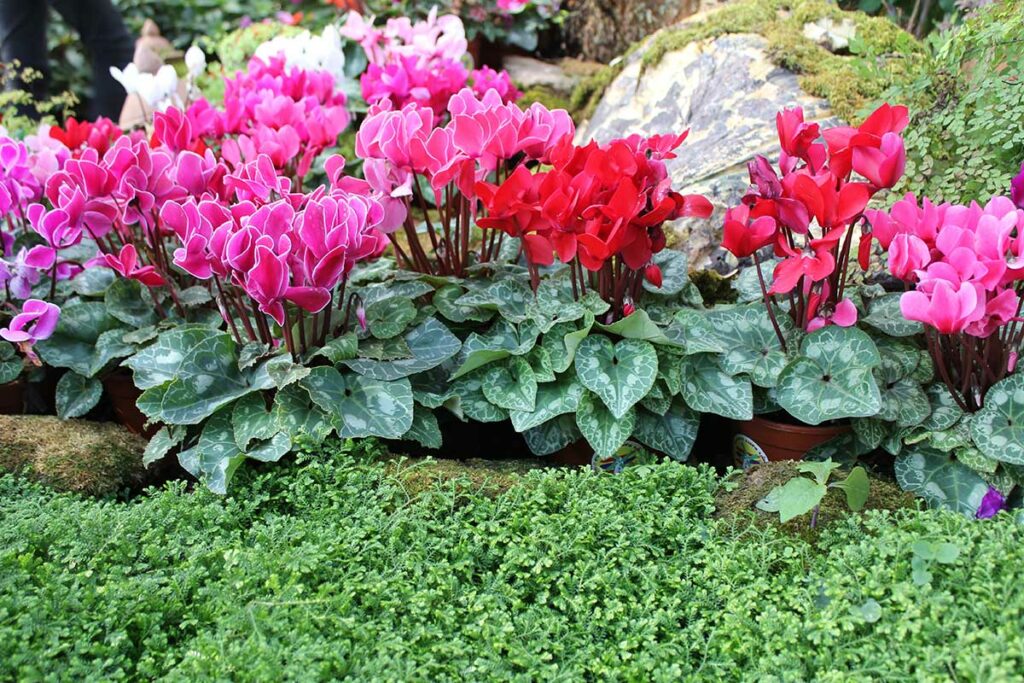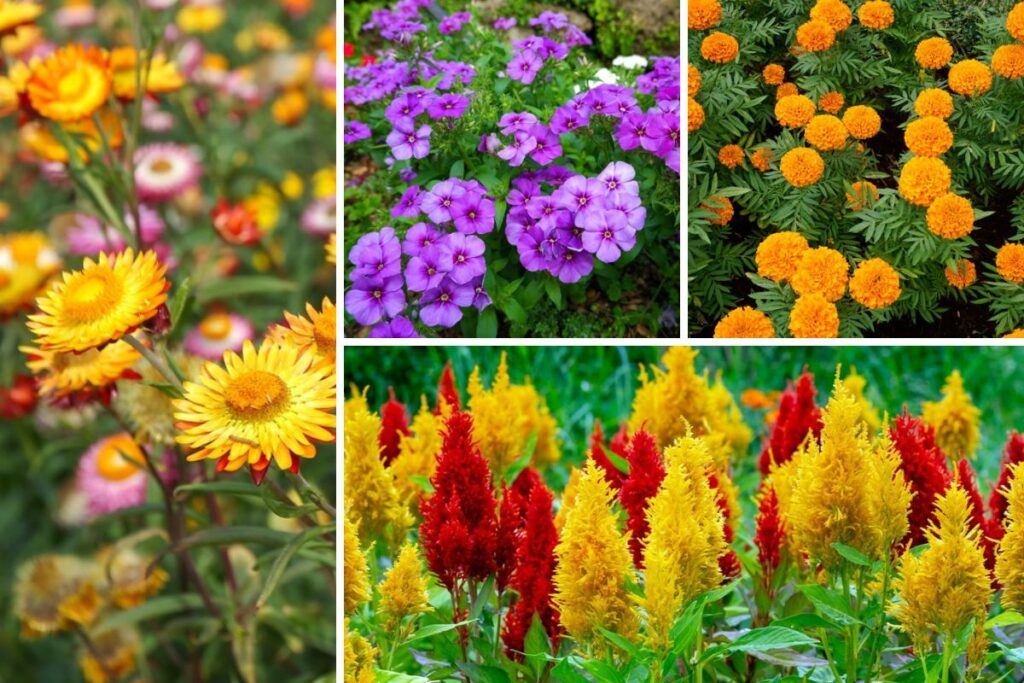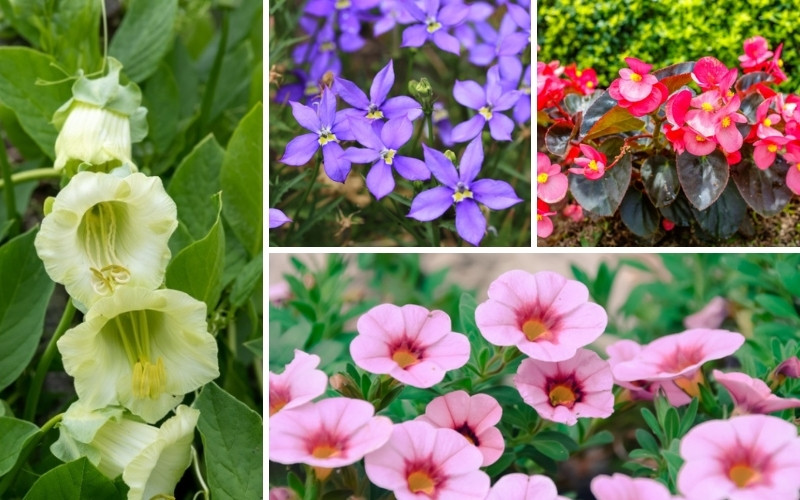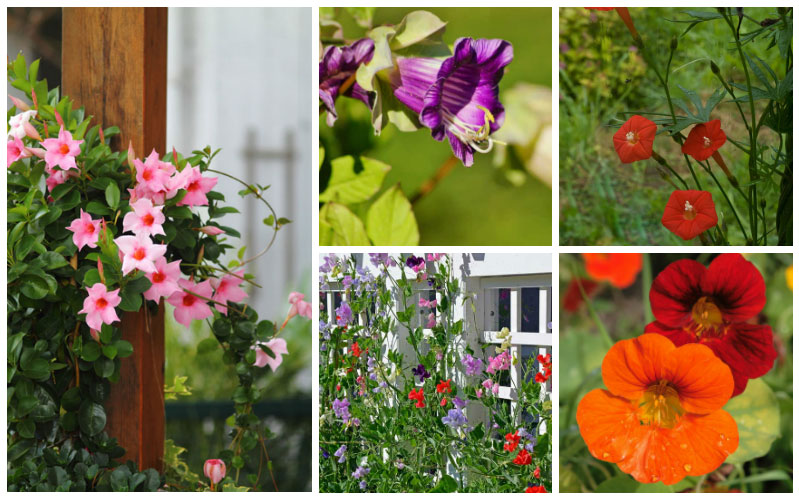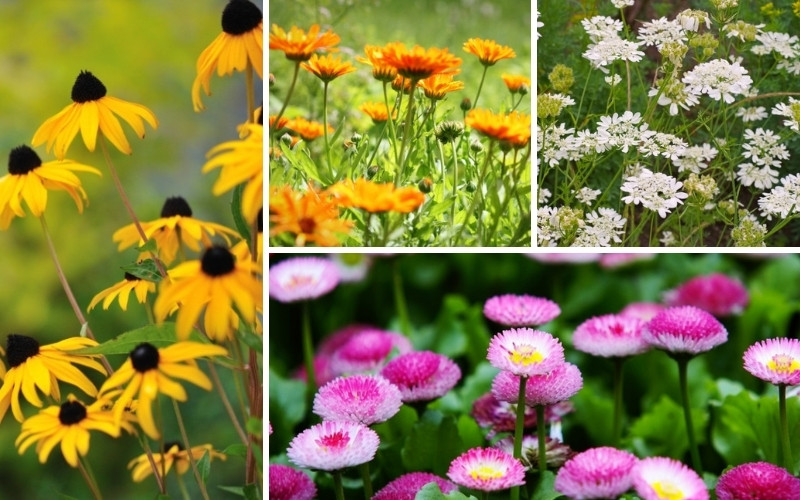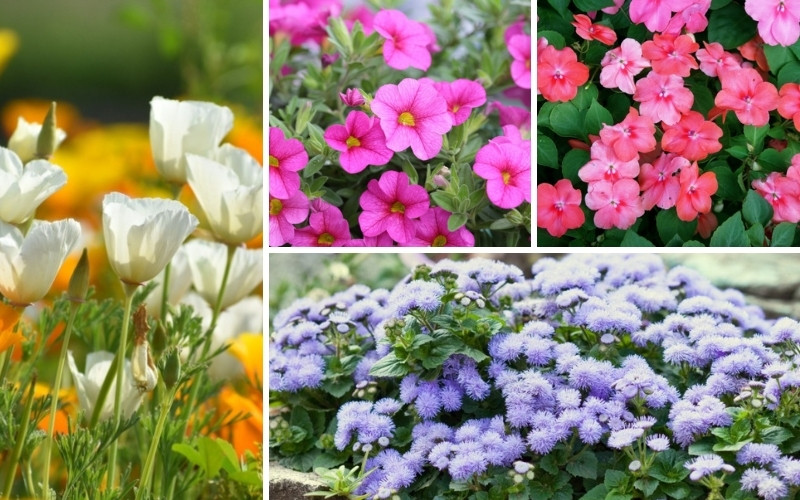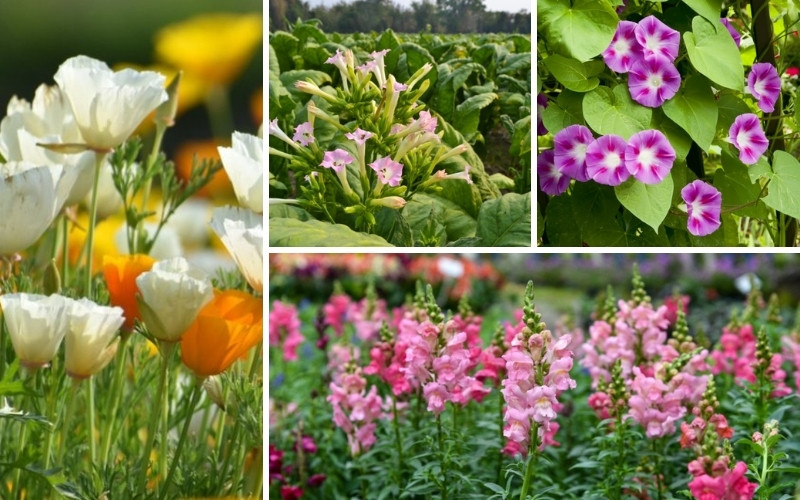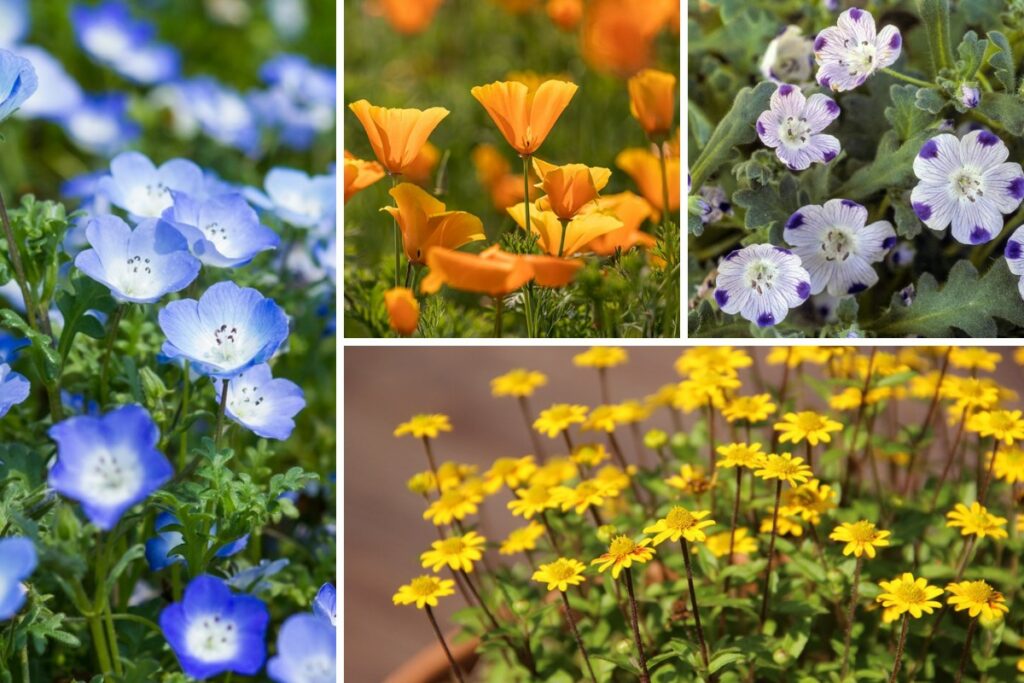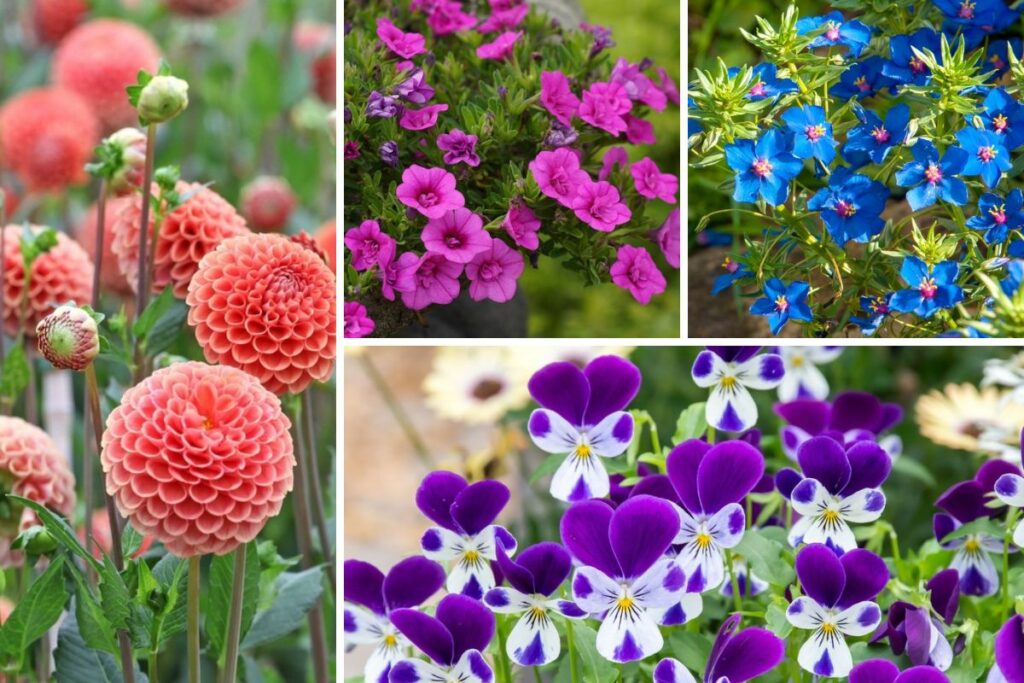
Something different about annuals sets them apart from perennials or biennials. It could be that their short lifespan allows you to feel a sense of renewal with each season.
It could also be their ability to brighten the landscape with their colors and unique patterns.
Whatever the reasons, annuals are definitely a lovely addition to any garden.
So, today we’ll share with you 10 fabulous Ohio annuals that’ll add a touch of charm to your garden.
Let’s start!
1. Baby’s Breath
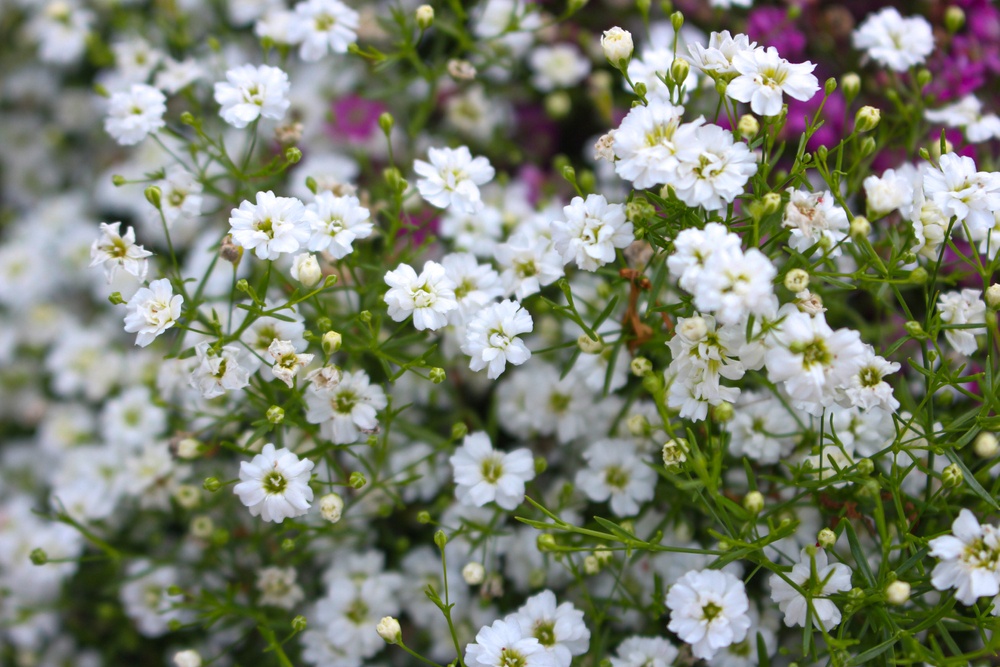
Though the name may sound odd, baby’s breath flowers are aptly named. This is because the flower’s blooms are mostly light-colored and incredibly soft, so they look almost as delicate as a baby’s breath!
You can sometimes find them in pink, purple, or even red, but they’re most common in white.
They can grow up to 2 ft tall and bloom in zones 3–9 from late spring to late summer.
If you’re considering planting this flower in your home, place it in a spot with sufficient sunlight and good soil drainage.
2. Marigolds
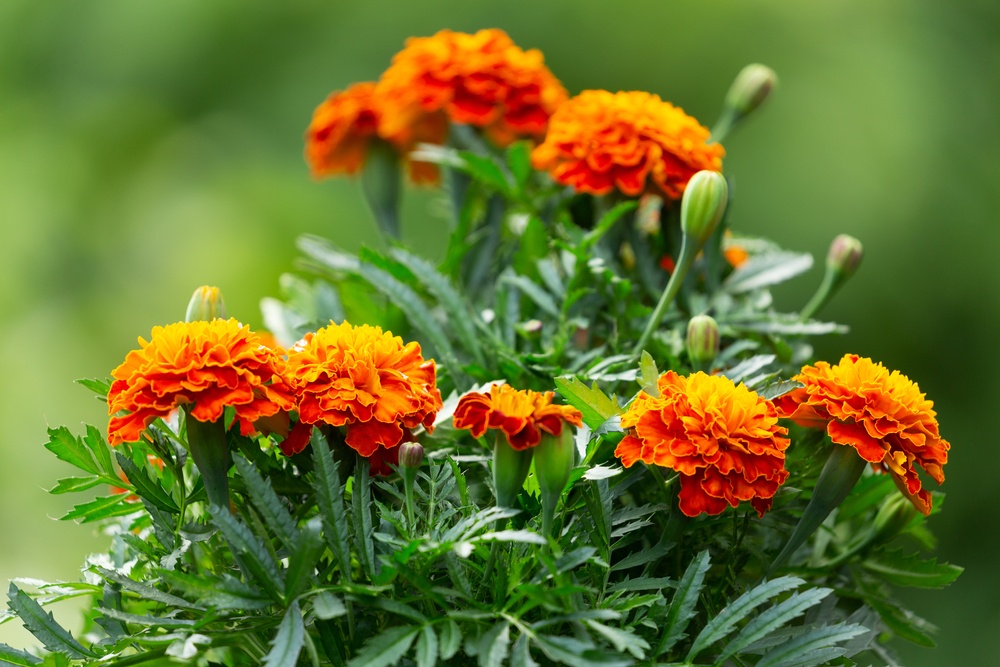
In the old days, Spaniards used to place beautiful golden flowers on the altar of Mary the Virgin when they didn’t have any money. With time, those flowers became known as marigolds.
They’re big flowers with a pompom, anemone, or cherry shape and come in many colors, including red, yellow, and gold.
You can find them in hardiness zones 2–11, making them an excellent choice for gardeners in most areas.
The trick to growing a healthy and vibrant marigold patch is to plant them in loamy soil where they can get enough moisture without waterlogging.
3. Pansies
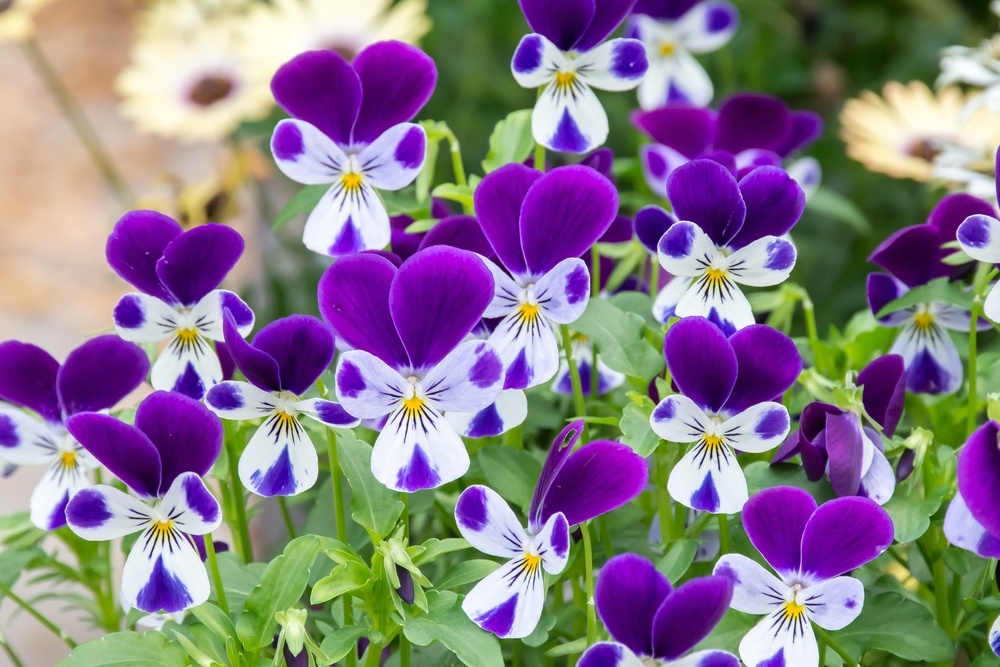
Nothing beats pansies if you want to add a splash of color to your garden. Though they’re small and stand at about 6–9 inches, they come in the most vivid colors.
You can find deep purple pansies or bright yellow ones with black and gold centers. They thrive in cool climates, making them a great choice for those in northern states—like Ohio.
Pansies love a rich soil full of nutrients and organic matter. However, they don’t take well to wet soil. So, just like marigolds, you can use loam soil and water the flower once daily.
4. Zinnias
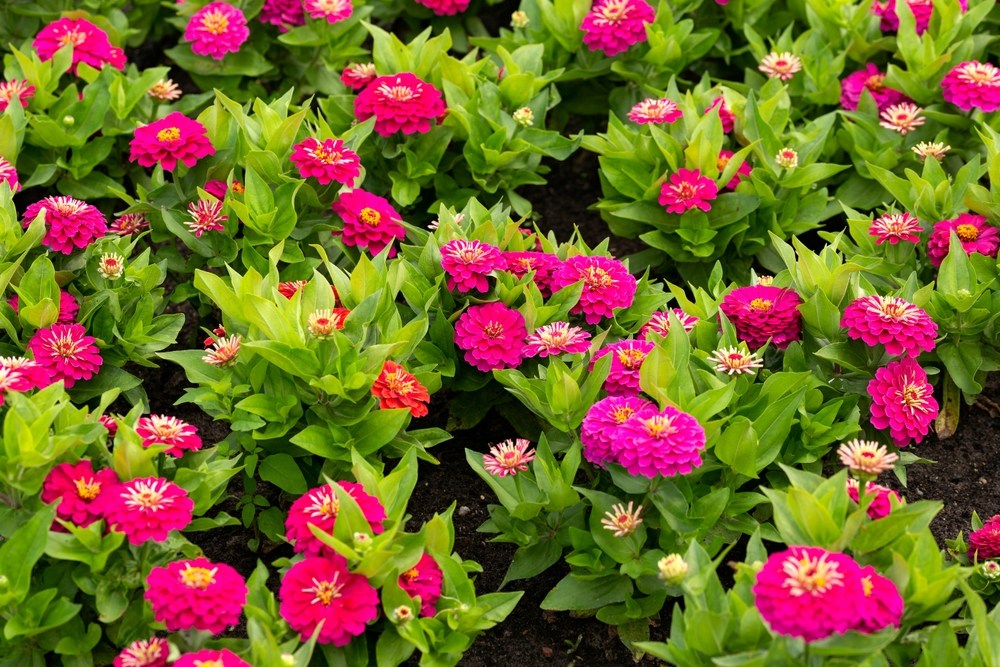
Zinnias offer you the best of both worlds with a flower that looks like a mix of pansies and marigolds.
The blooms resemble an arrow with elongated petals and come in various colors, like pink, orange, white, and even red!
The center of the flower sometimes contrasts with the petals’ colors, reminding us of the pansies. These flowers can grow up to 4 ft in zones 3–10, blossom in the late spring, and last until the frost.
A quick tip to keep them looking fresh and vibrant is to place them in the sun and water them a couple of times weekly—zinnias love moist soil.
5. Dahlias
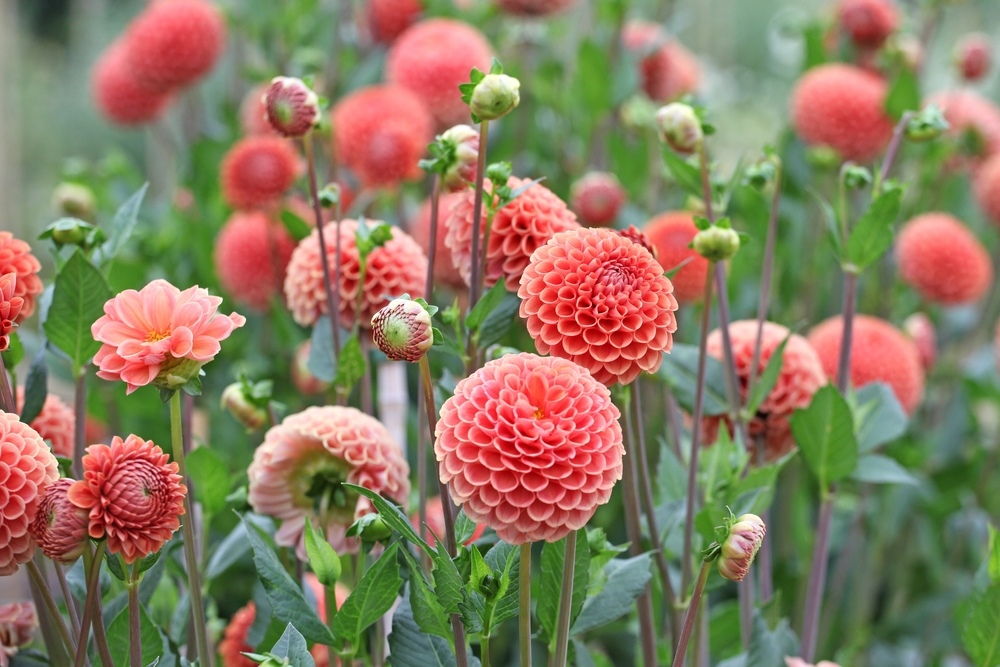
During the Victorian era, dahlias were all the rage and have remained so ever since. Victorians often gifted them to friends, family, and, most importantly, loved ones as a symbol of love and devotion.
They vary in shape and size from tiny pompoms to large ball-shaped blossoms and can be found in various colors, inducing lavender, peach, yellow, and pink.
Dahlias bloom in hardy zones 8–10 and flower in midsummer, lasting until fall. All you need to grow a fine dahlia is a well-drained, moist soil with full access to direct sunlight.
6. Vincas
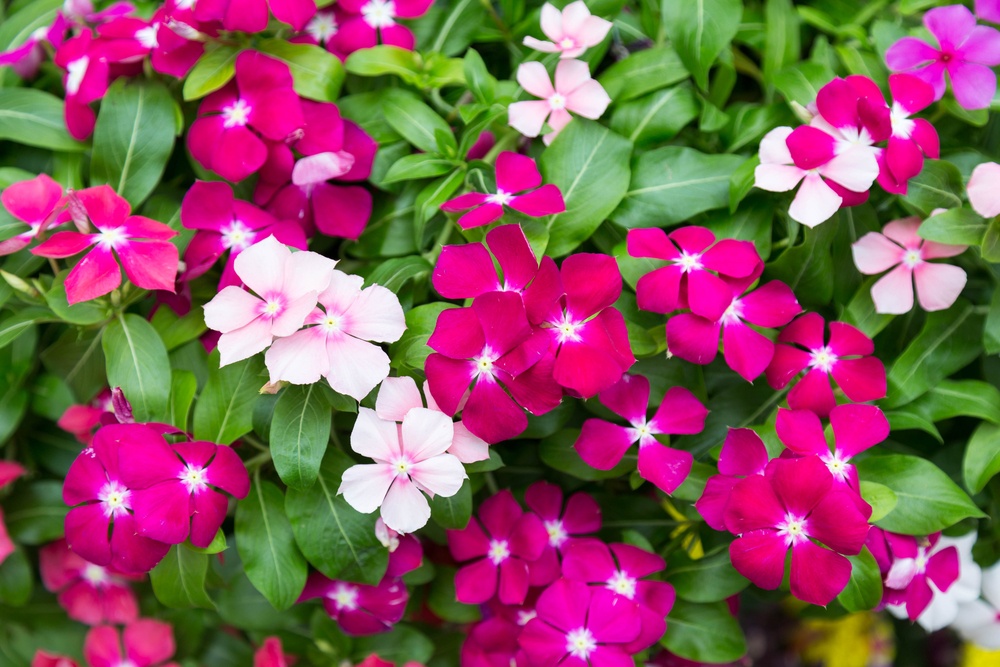
Also known as periwinkle, the vinca flower is a delicate bloom with unique, star-shaped petals that bloom in summer and continue until the first frost.
Most vincas are relatively small and grow about 12–18 inches, but they come in many bright hues. You can find them in pink, white, purple, and even bi-colors.
If you’re thinking about adding vincas to your garden, secure a sunny spot for them with good drainage!
Plus, while vincas are drought-tolerant, keep your eyes on the soil, so you can water them when the top inch feels dry.
7. Petunias
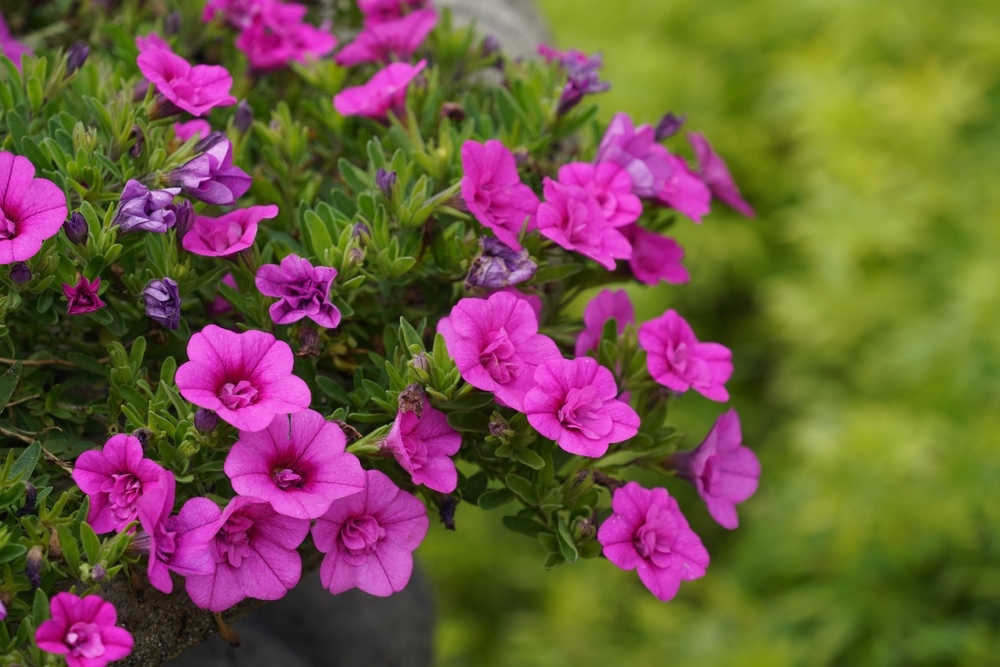
Petunias are a classic spring plant known for their trumpet-shaped petals and wild patterns. They vary in size and can grow anywhere from 6–18 inches.
However, the problem with petunias isn’t in their height; it’s in their width! Petunias can take up almost 4 feet of space in your garden if left unchecked!
These lovely flowers come in red, yellow, purple, and white, and they bloom in hardy zones 9–11.
Petunias can leave you with a garden full of hummingbirds, bees, and butterflies if you care for them properly. So, make sure you plant them in sandy soil and water them at least once weekly.
8. Dianthus
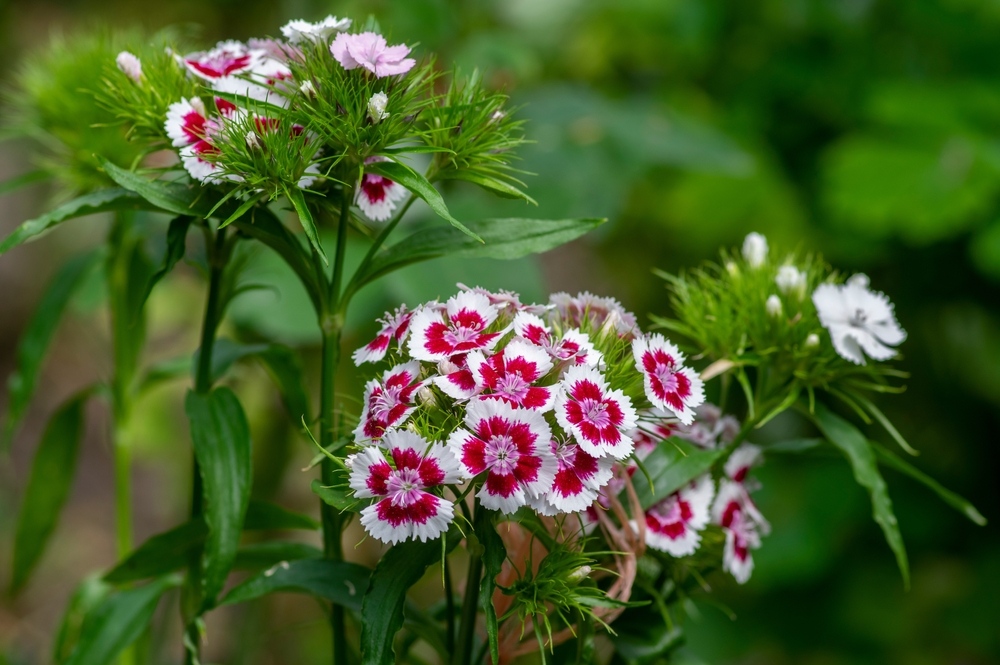
If you thought this flower’s name was odd, wait until you take a look at its blooms! Dianthus have frilly or ruffled-looking petals, which have a distinctive jagged edge.
You can find them pink, lavender, white, and rose. They bloom in early spring and last until fall in hardy zones 4–8. One of the best things about this flower is that it’s deer-resistant.
This means you won’t have to worry about your flowers getting munched on by hungry deer! To keep your dianthus looking healthy, water them about once a week in slightly alkaline soil.
9. Lobelias
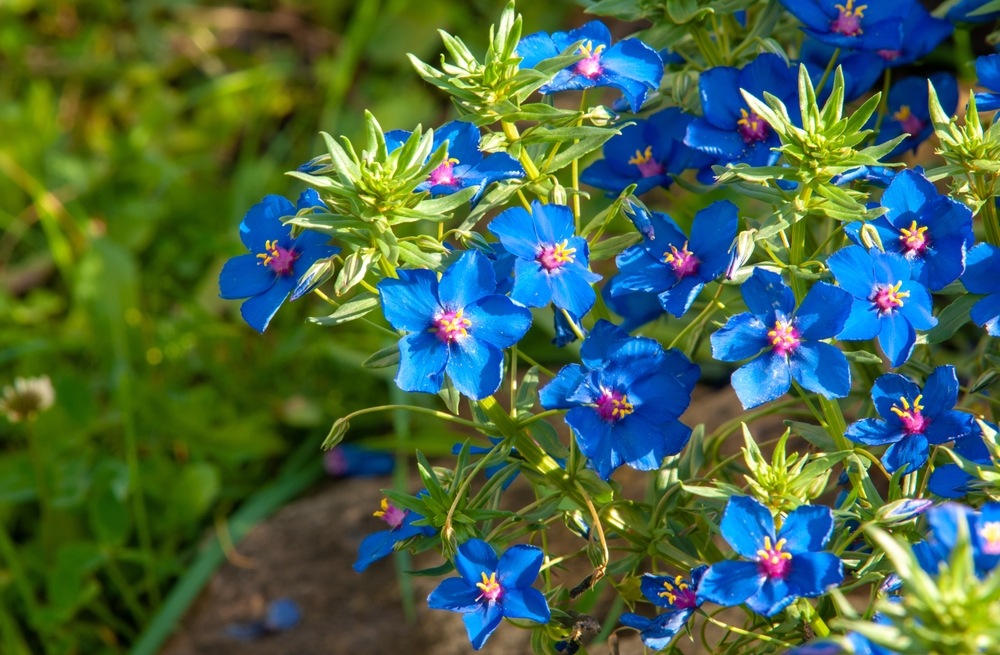
Though most varieties are perennials, some lobelia varieties are treated as annuals, and they’re definitely a sight to behold.
Lobelias can fill your garden with deep purple and blue blooms that contrast with the green foliage, creating a fantastic summer display.
Moreover, the petals have a unique small, oval shape, making it seem like the flowers are floating on the greenery!
They grow in hardy zones 9–11 and bloom from spring until fall, with the flowers looking their best during the cool seasons. Lobelias thrive in slightly acidic soil and require watering once or twice weekly.
10. Celosias
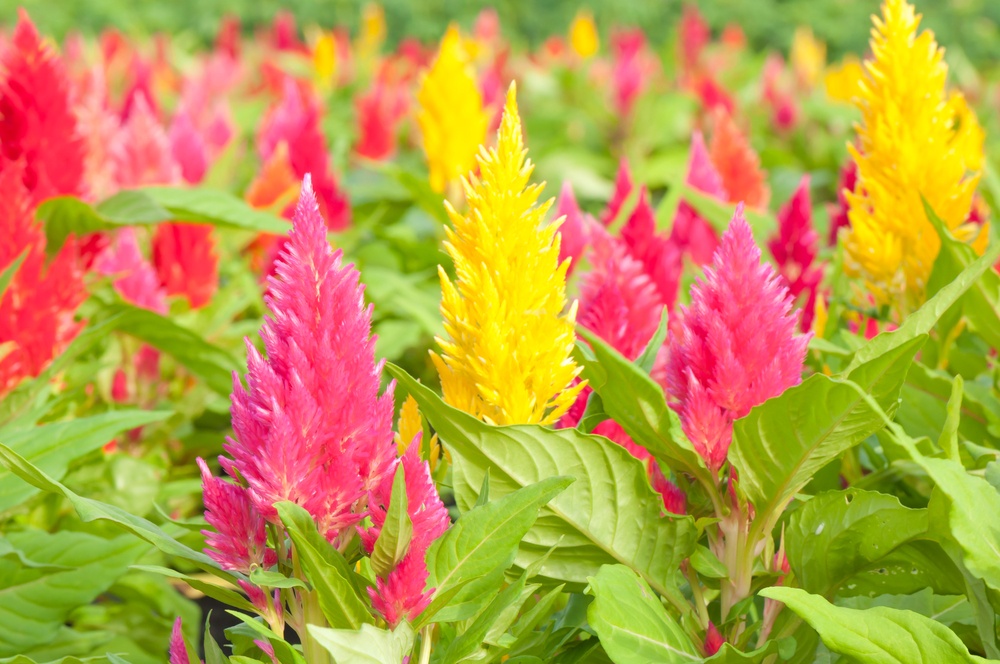
Another perennial that’s grown as an annual is the celosia flower. This one will make a great addition if you want to add a soft, tropical touch to your garden.
Celosias have narrow pyramid-like plumes that can grow up to three feet tall and come in many colors, including maroon, purple, orange, and white.
When grown as annuals, they thrive in zones 2–9 and bloom from nearly early summer to fall. Celosias love soils with high organic matter and a pH range of 6–6.5.
They also love staying in direct sunlight and being watered when the topsoil is dry.
Final Thoughts
Now that we’ve shared our 10 fabulous Ohio annuals, what are your thoughts? We hope you liked these flowers just as much as we did!
Most of them are easy to care for and will add a touch of color and beauty to your garden. Moreover, some are drought-resistant, while others are deer-resistant! And, of course, they all thrive in Ohio.
So, what are you waiting for? Get out there and start sprucing up your garden!





